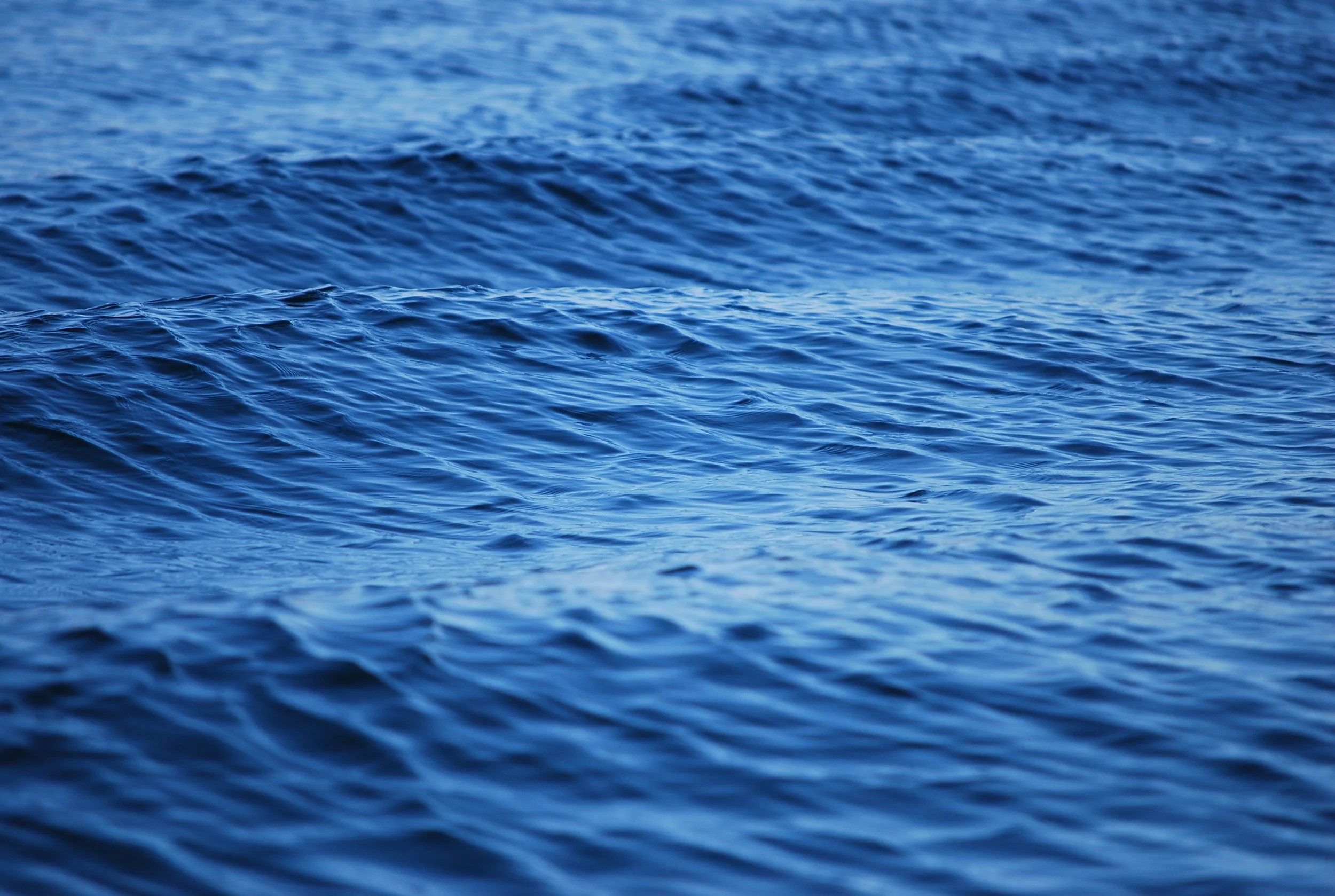"Hotspots" of productivity and trophic transfer in the open ocean
2008-Present
Understanding spatial variation in biological activities is critical to the ecosystem approach to management, especially for marine spatial planning. In this project we are using satellite remotely-sensed data on phytoplankton (proxied by chlorophyll-a concentrations) and shipboard acoustic surveys of zooplankton (krill) and visual observations on marine birds and mammals to test the hypothesis that "hotspots" of phytoplankton, krill, and consumers co-vary spatially in the California Current. We define "hotspots" based on the persistence of elevated values of chl-a, krill, and marine bird density in space and time. We are modeling chl-a and krill "hotspots" in relation to seafloor and coastal topographies and water mass characteristics, and contours of seabird densities in relation to krill and chl-a concentrations. Satellite imagery provides a holistic perspective on productivity in this large marine ecosystem which is not available by other means, yet provides key information on spatial variability in ecosystem properties of significance to upper trophic level species of management and conservation concern. Our ecosystem-wide analyses have revealed open ocean "hotspots" within the California Current that appear to be of special biological significance and warrant future research, monitoring, and possibly protection to maintain and/or enhance ecosystem functions, such as feeding interactions of top predators. This project has been supported by the Resources Legacy Fund Foundation, the Marisla Foundation, and NOAA's California Current IEA Program.

